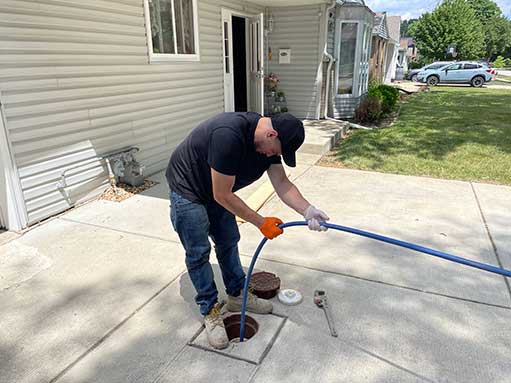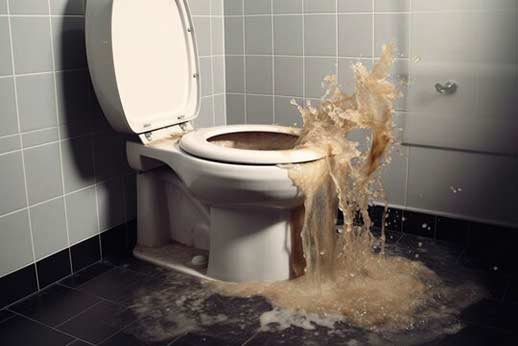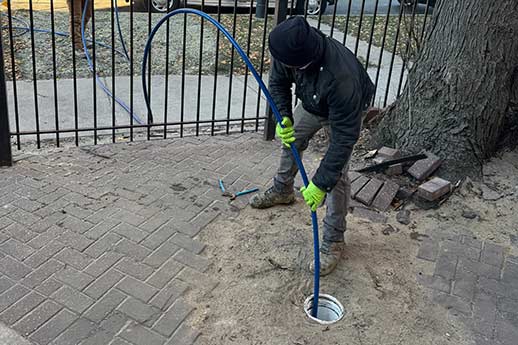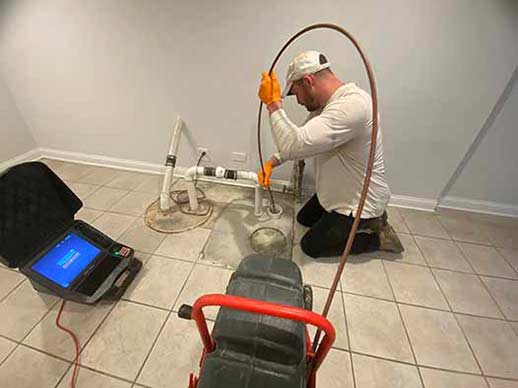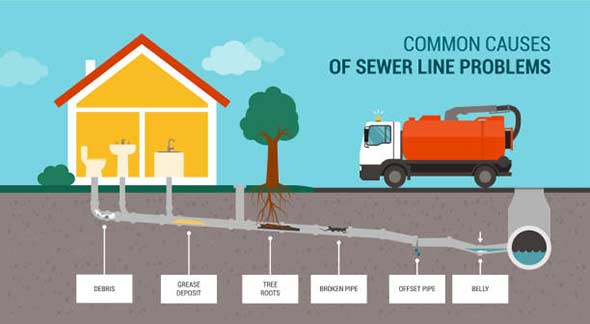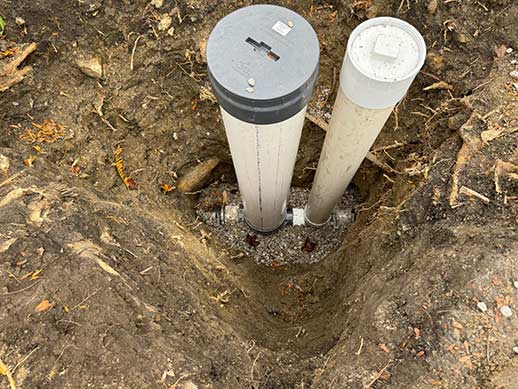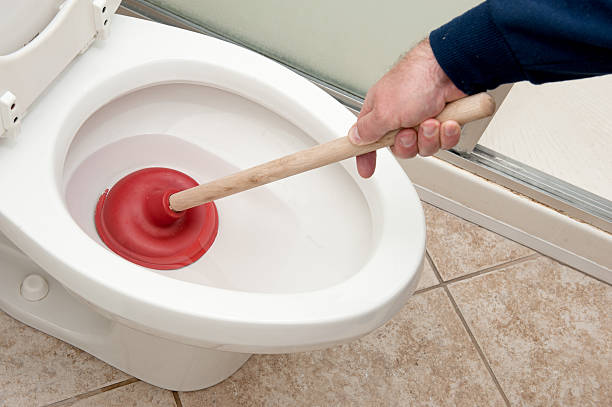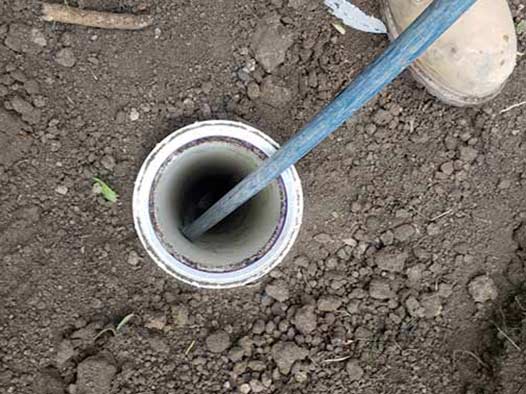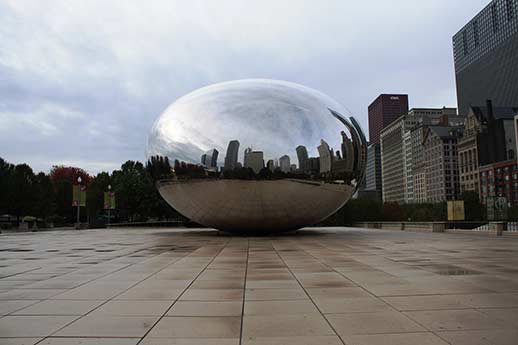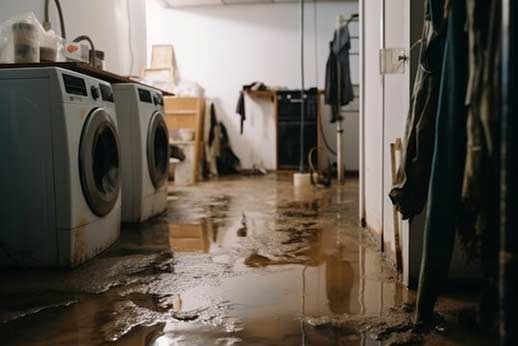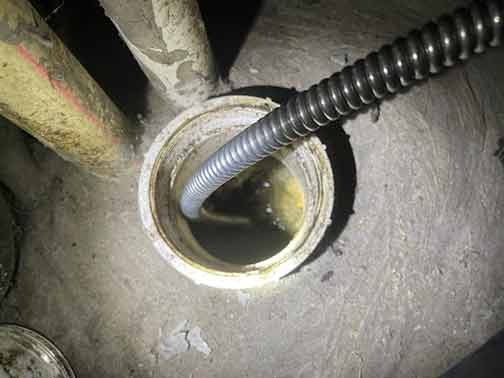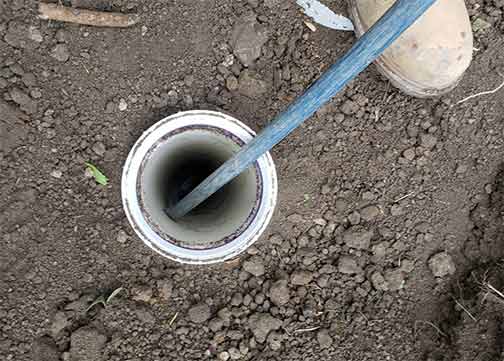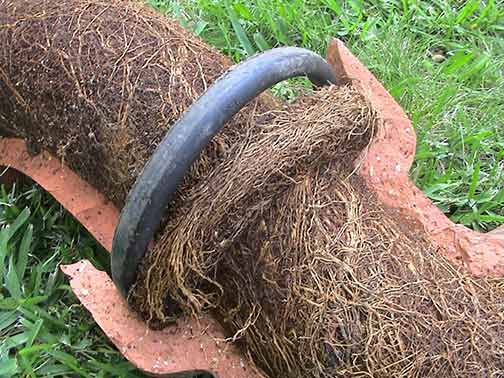Sewer line maintenance is an essential part of homeownership, and it’s important to understand the advantages and disadvantages of tackling this task yourself. In this article, we will explore the benefits and drawbacks of DIY sewer line cleaning, allowing you to make an informed decision that best suits your needs. Whether you’re a seasoned DIY enthusiast or new to home maintenance, this guide will provide you with valuable insights.
The Pros of Cleaning Your Own Sewer Line
Before we delve into the cons, let’s explore some of the benefits of taking on the task of cleaning your own sewer line:
1. Cost Savings
Cleaning your own sewer line can save you a significant amount of money. Hiring a professional plumber for this task can be expensive, especially if the issue is recurring. By handling the maintenance yourself, you eliminate the need to pay for professional services, allowing you to put those savings toward other home improvement projects.
2. Convenience
One of the main advantages of DIY sewer line cleaning is the convenience it offers. You can tackle the task at a time that suits you best, without needing to wait for a plumber’s availability. This flexibility allows you to address any issues promptly and minimize any inconvenience caused by clogged or slow drains.
3. Understanding Your Sewer System
When you take on the task of cleaning your own sewer line, you get a firsthand understanding of how your sewer system works. This knowledge can prove invaluable in the long run, as it allows you to identify and address minor issues before they escalate into major problems. You become more familiar with the layout, components, and maintenance requirements of your sewer system.
4. Empowerment and Independence
Taking on the challenge of cleaning your own sewer line empowers you to take control of your home’s maintenance. It gives you a sense of achievement and independence, knowing that you can handle such an important task on your own. This self-sufficiency can also extend to other areas of home improvement, fostering a greater sense of confidence when it comes to tackling DIY projects.
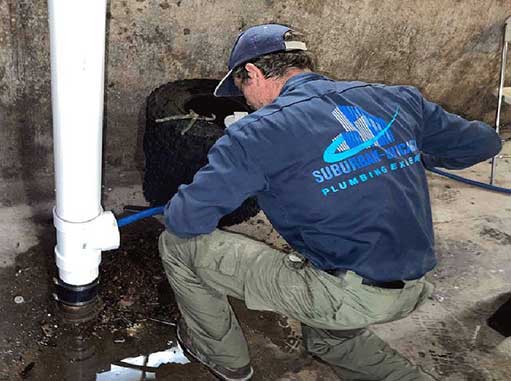
Professional plumbers have the expertise to identify and address these underlying problems effectively, ensuring a thorough and lasting solution.
The Cons of Cleaning Your Own Sewer Line
While there are certainly advantages to cleaning your own sewer line, it’s important to consider the potential drawbacks as well:
1. Safety Risks
DIY sewer line cleaning involves working with potentially hazardous materials and equipment. The use of chemicals, high-pressure water jets, or powered drain snakes requires caution and proper protective gear. Without the necessary knowledge and precautions, you may put yourself at risk of injury or exposure to harmful substances. It’s vital to prioritize your safety and take appropriate measures when undertaking sewer line maintenance.
2. Limited Expertise
Unlike professional plumbers who specialize in sewer line cleaning services, your expertise in this area may be limited. While it’s possible to gain a basic understanding through online tutorials and guides, there’s still a lack of extensive knowledge and experience that professionals possess. This disparity may result in subpar cleaning results or even exacerbate existing issues if not handled correctly.
3. Complex Issues
Sewer line problems can range from simple clogs to more complex issues such as tree root intrusion or pipe damage. If you’re inexperienced in diagnosing and resolving these complex issues, attempting to clean your own sewer line may do more harm than good. Professional plumbers have the expertise to identify and address these underlying problems effectively, ensuring a thorough and lasting solution.
4. Time and Effort
Cleaning your own sewer line can be a time-consuming and physically demanding task. Depending on the severity of the issue, it may require multiple attempts, specialized tools, and a significant investment of your time and effort. If you have a busy schedule or limited physical capabilities, it may be more practical to outsource this task to professionals who can complete it efficiently.
After considering the pros and cons of cleaning your own line, it’s important to weigh your options based on your particular circumstances. DIY sewer line cleaning can offer cost savings, convenience, and a sense of empowerment, but it also comes with safety risks, limited expertise, and the potential for complex issues. Assess your comfort level, available time, and budget before making a decision.
If you choose to clean your own sewer line, make sure to educate yourself on the proper techniques, safety precautions, and applicable regulations. Conversely, if you decide to hire a professional, research and select a reputable plumber with experience in sewer line maintenance.
Remember, maintaining a clean and functional sewer line is crucial for the overall health and functionality of your home’s plumbing system. Whether you choose to tackle this task yourself or leave it to the experts, regular maintenance is key to preventing costly repairs and ensuring a smoothly running household.
